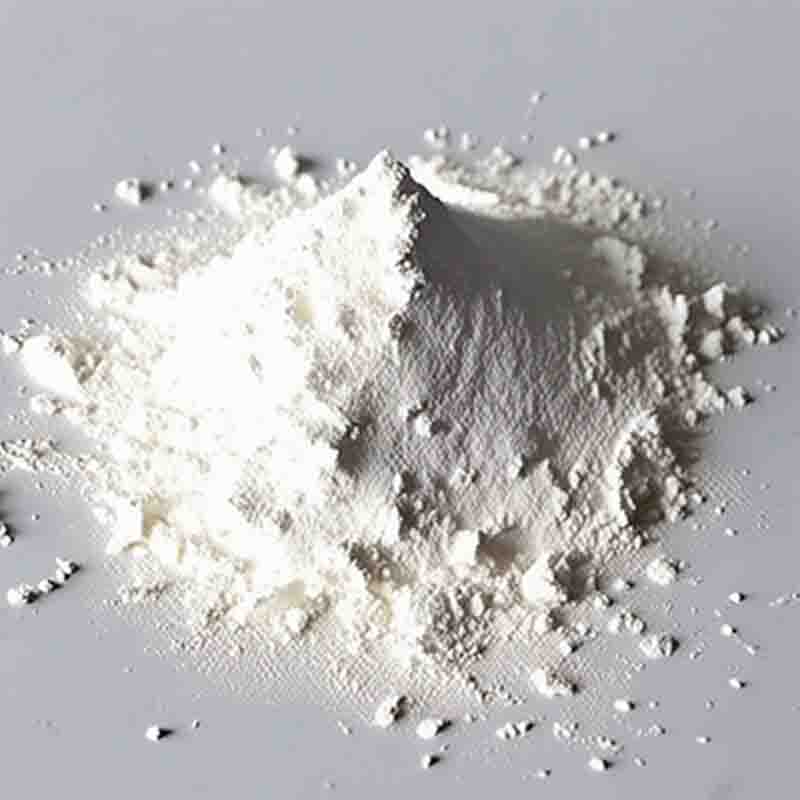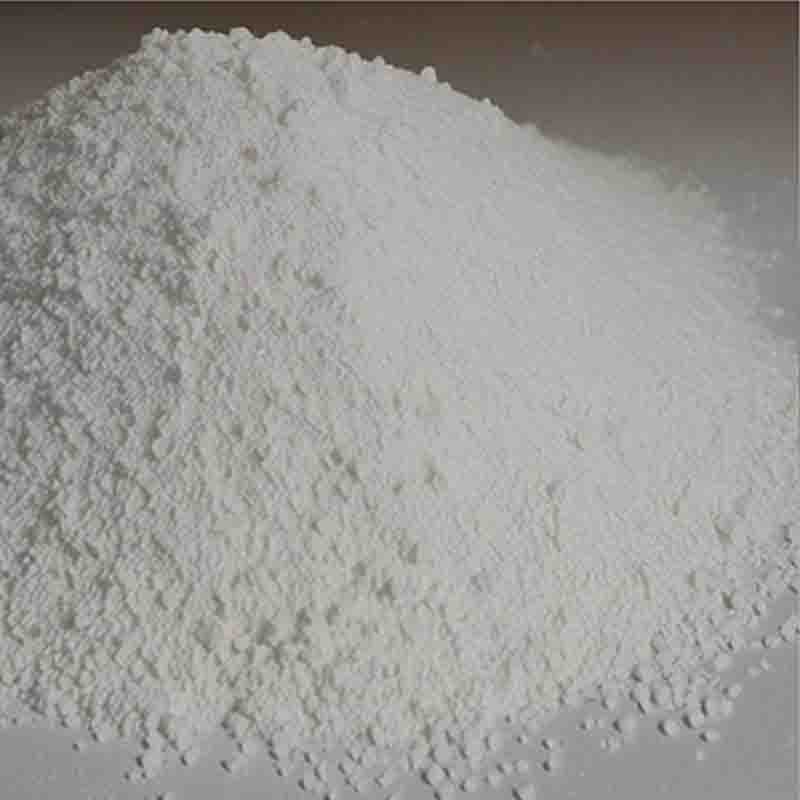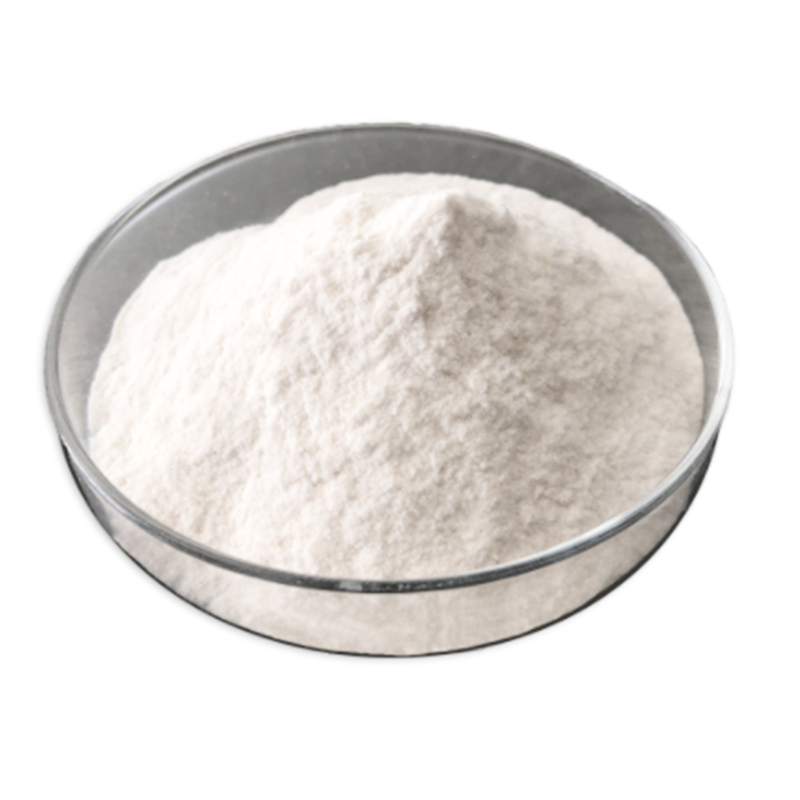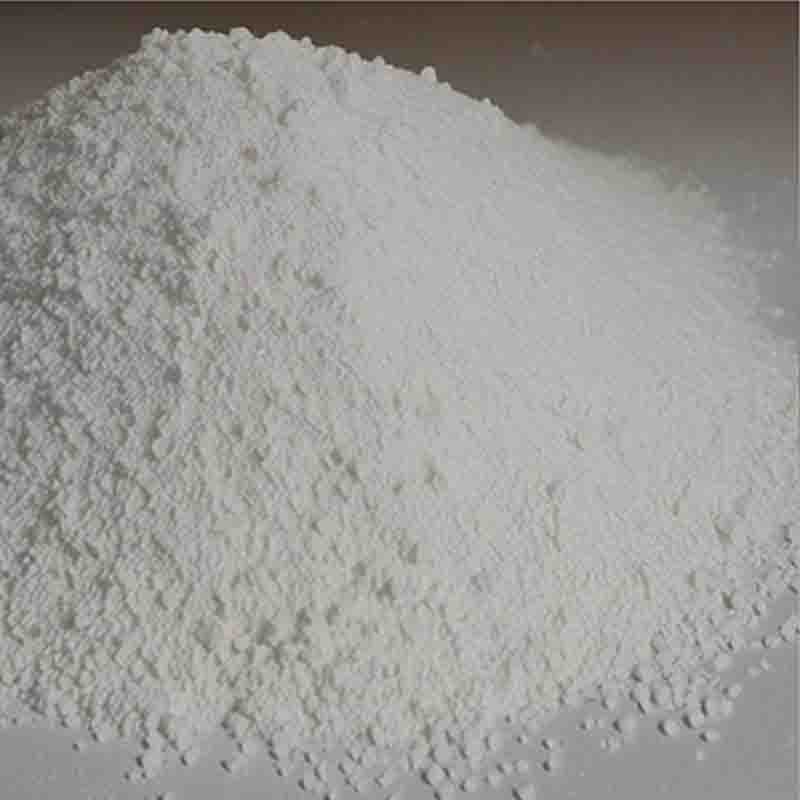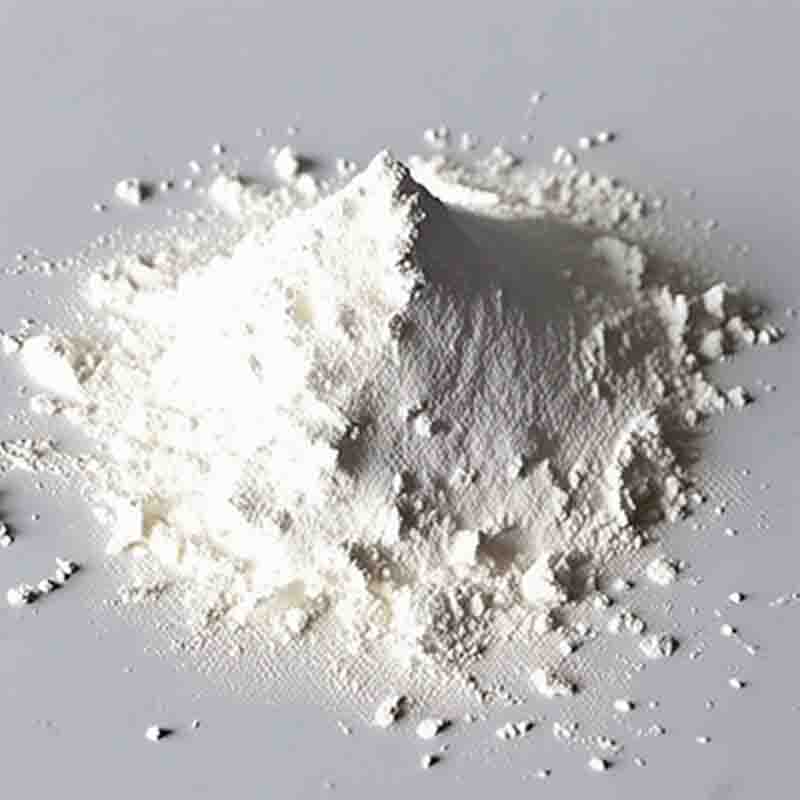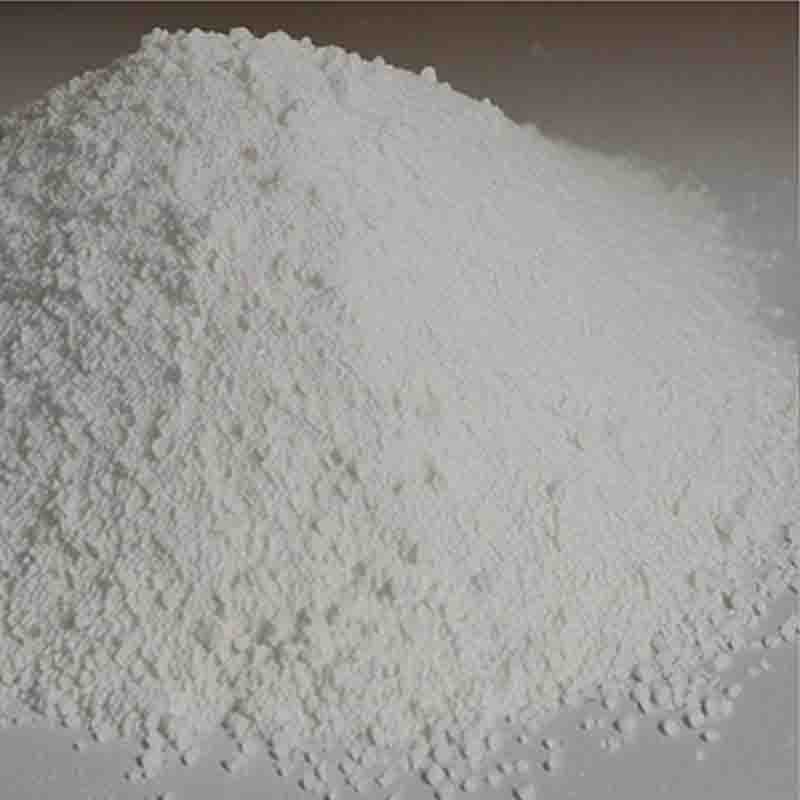3-Hydroxybenzaldehyde CAS:100-83-4
| Catalog Number | XD96042 |
| Product Name | 3-Hydroxybenzaldehyde |
| CAS | 100-83-4 |
| Molecular Formula | C7H6O2 |
| Molecular Weight | 122.12 |
| Storage Details | Ambient |
Product Specification
| Appearance | White powder |
| Assay | 99% min |
3-Hydroxybenzaldehyde, also known as salicylaldehyde, is an organic compound with the molecular formula C7H6O2. It is an aromatic aldehyde that contains a hydroxyl group (-OH) and an aldehyde group (-CHO) attached to a benzene ring. This unique chemical structure gives 3-hydroxybenzaldehyde several effects and applications.One of the primary effects of 3-hydroxybenzaldehyde is its role as a precursor in the synthesis of various pharmaceuticals and organic compounds. It serves as a building block for the production of salicylates, which are widely used in the preparation of drugs such as aspirin and other nonsteroidal anti-inflammatory drugs (NSAIDs). The ability of 3-hydroxybenzaldehyde to undergo various chemical reactions, such as condensation or reduction, allows for the production of a wide range of derivatives and intermediate compounds with diverse medicinal properties.Furthermore, 3-hydroxybenzaldehyde has been found to possess antioxidant properties. Antioxidants are compounds that protect cells and tissues from oxidative damage caused by reactive oxygen species (ROS). 3-hydroxybenzaldehyde has been shown to scavenge free radicals and inhibit lipid peroxidation, which can lead to cellular damage. These antioxidant properties make 3-hydroxybenzaldehyde a potential candidate for the development of new drugs or natural antioxidants.In addition to its antioxidant effects, 3-hydroxybenzaldehyde has demonstrated antimicrobial activity against various microorganisms. Studies have shown that it exhibits inhibitory effects against bacteria, fungi, and even certain viruses. This antimicrobial activity makes 3-hydroxybenzaldehyde a promising compound for the development of antimicrobial agents or as a natural alternative to synthetic preservatives in food and cosmetic products.Moreover, 3-hydroxybenzaldehyde has been studied for its potential use in the field of organic chemistry. Its aldehyde group can undergo various reactions, such as condensations or Michael additions, to form complex organic molecules. These reactions allow for the synthesis of compounds with diverse structures and functions, making 3-hydroxybenzaldehyde a valuable tool for organic chemists in their synthetic endeavors.In summary, 3-hydroxybenzaldehyde has effects and applications in various fields. Its role as a precursor in pharmaceutical synthesis makes it valuable in the development of drugs and organic compounds. Its antioxidant properties suggest potential therapeutic applications as an antioxidant or in the formulation of natural antioxidants. Additionally, its antimicrobial activity and versatility in organic chemistry expand its potential use in the development of antimicrobial agents and in synthetic chemistry.


